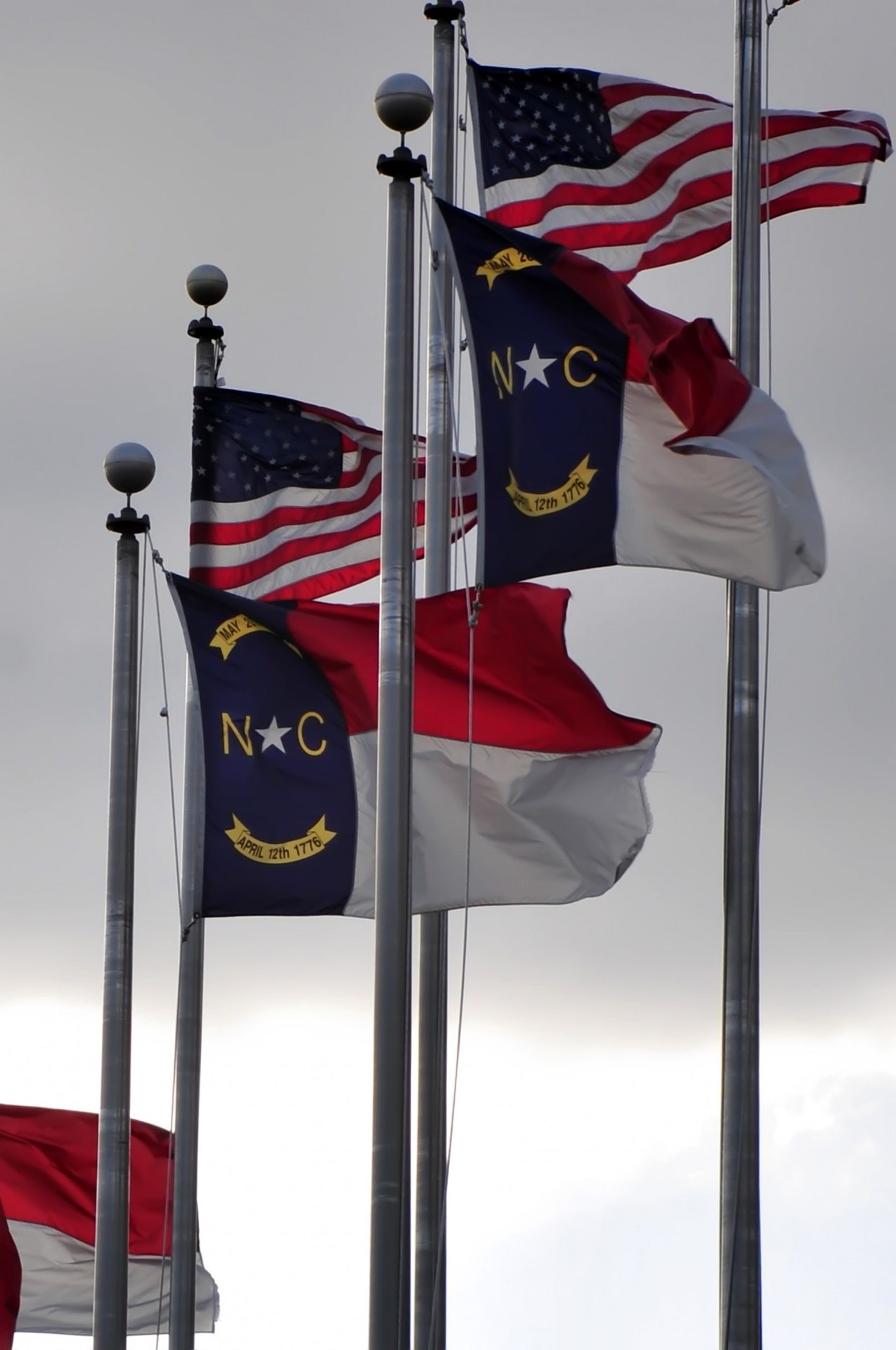 When the Cable-Satellite Public Affairs Network (“C-SPAN”) launched in 1979, it revolutionized public affairs journalism. By offering a live look into the legislative process in the U.S. House and Senate Chambers, C-SPAN gave its viewers the chance to observe and learn about functions of the U.S. government like never before. The network, funded by members of the cable television industry, grew quickly, amassing a viewership of over 86 million households nationwide. Since its inception, C-SPAN has become the model for public affairs networks across the country. Now, 23 states and the District of Columbia have state public affairs networks (“SPANs”) of this nature, reaching more than 20 million cable subscribers nationwide.
When the Cable-Satellite Public Affairs Network (“C-SPAN”) launched in 1979, it revolutionized public affairs journalism. By offering a live look into the legislative process in the U.S. House and Senate Chambers, C-SPAN gave its viewers the chance to observe and learn about functions of the U.S. government like never before. The network, funded by members of the cable television industry, grew quickly, amassing a viewership of over 86 million households nationwide. Since its inception, C-SPAN has become the model for public affairs networks across the country. Now, 23 states and the District of Columbia have state public affairs networks (“SPANs”) of this nature, reaching more than 20 million cable subscribers nationwide.
North Carolina is the largest state in the nation that does not have a SPAN. In the 1970s and 1980s, North Carolina introduced the Agency for Public Television and “OPENnet,” the Open Public Events Network, to offer government information to citizens. However, momentum for these public access projects waned, leading to drastic cuts in coverage by 2005. Advocates advocated for the creation of a North Carolina SPAN to promote transparency. In 2008, the North Carolina House of Representatives considered the possibility of creating and funding a SPAN. Despite strong public support for the creation of the North Carolina SPAN, economic factors caused the House to table the discussion.
In 2012, the Center for Media Law and Policy gave new life to the North Carolina SPAN debate. In January 2012, the Center helped to organize a SPAN channel working group consisting of scholars, state lawmakers, policy experts, and media industry leaders to discuss the state of public affairs journalism in North Carolina. The Center’s goal was to foster ideas to increase the amount of public affairs journalism within the state and to act as a neutral convener for stakeholders to discuss the best options for the funding and operation of a North Carolina SPAN.
From the discussion, the working group identified key points that would aid in the development of a SPAN in North Carolina and the Center produced a whitepaper that identified a number of important findings:
- SPAN channels benefit both lawmakers and their constituents: Research shows that lawmakers value the ability to get their message out – unfiltered – to constituents. It also shows that citizens value direct access to government proceedings.
- SPAN channels benefit legislative staff members: They value the ability to follow the legislative process in real time (hearings and floor debates, for example) and to stay abreast of their boss’s activities.
- SPAN channels benefit journalists: In an era of economic strain, they use them to save time and money while giving readers richer coverage of state government.
- SPAN channels benefit lobbyists and citizens: They use them to stay abreast of issues of concern and to validate the effectiveness of their work.
Further, the Center’s whitepaper noted that the cost of creating a SPAN would not be cost-prohibitive. In 2008, the North Carolina House of Representatives estimated that the cost of wiring the House Chamber and committee rooms would be an estimated $1.3 million; a conservative estimate for the entire General Assembly would be under $4 million—especially considering that costs have decreased in the last decade. Overall, the Center working group concluded that North Carolina should act now and adopt a SPAN for the betterment of the state.
You can download the Center’s whitepaper, titled “A State Public Affairs Network for North Carolina: It’s Time!,” here.
For information on SPAN networks in the United states, visit the National Public Association of Public Affairs Networks. For a list of available SPAN channels, webcasts, and audio recordings, click here.
